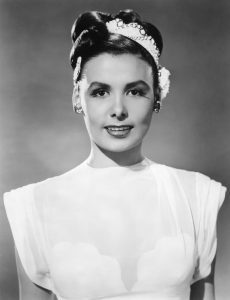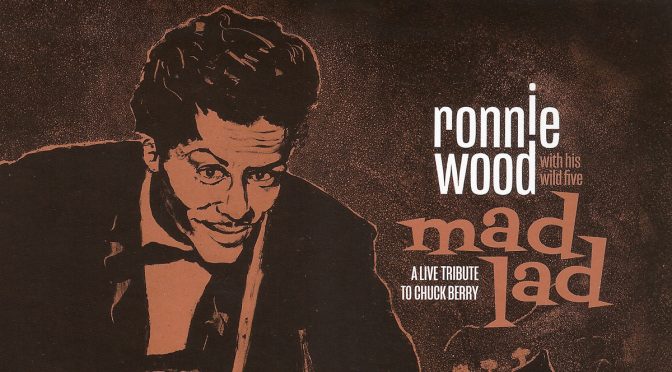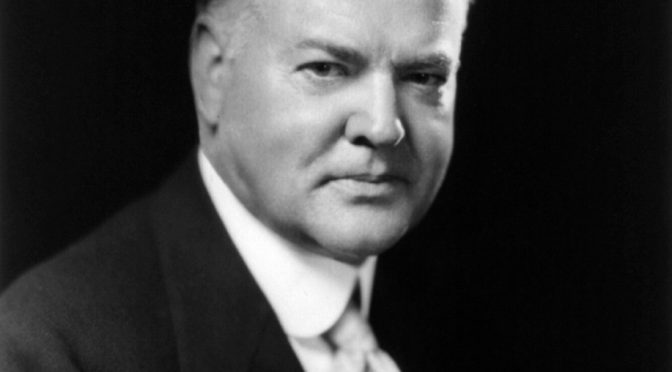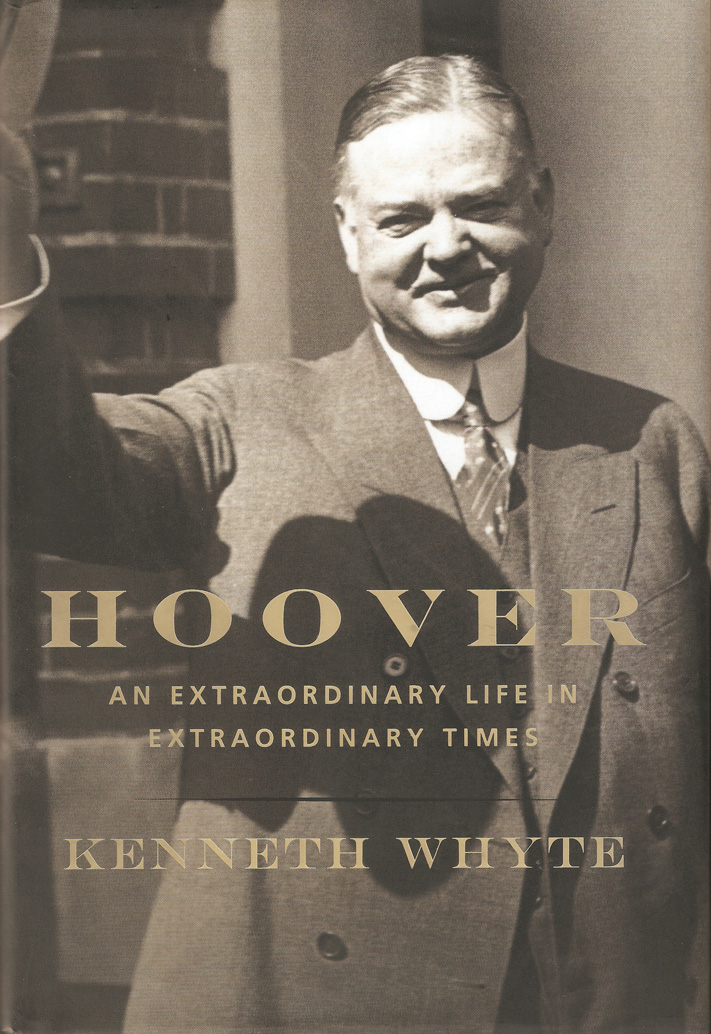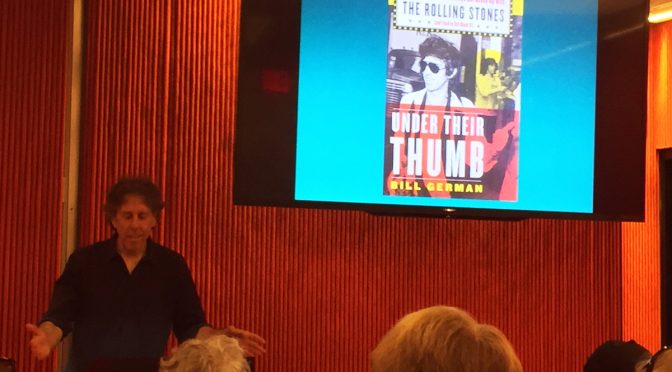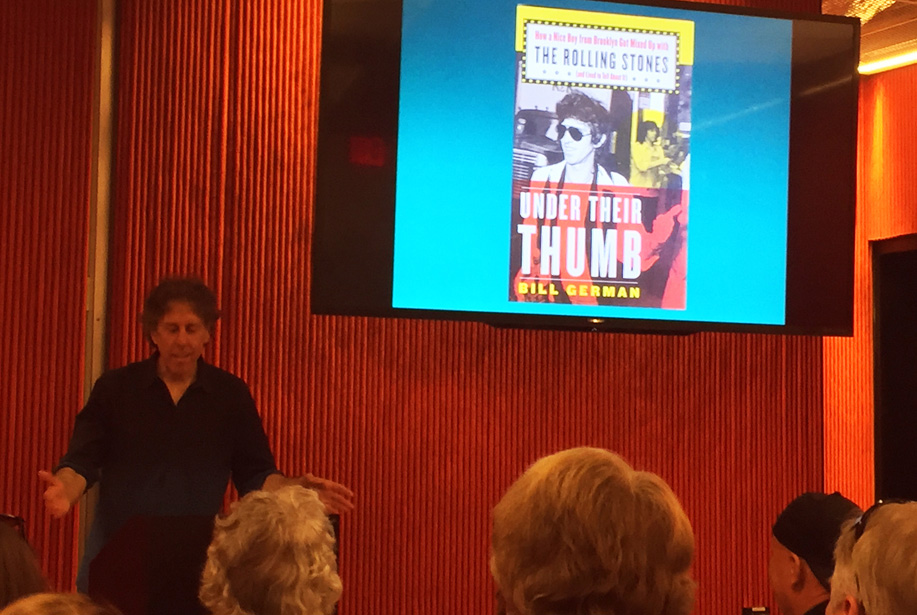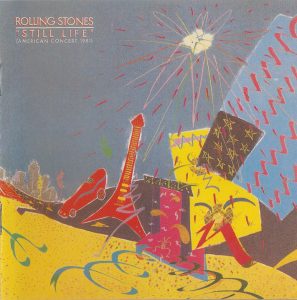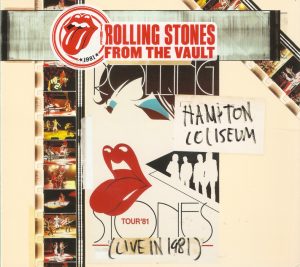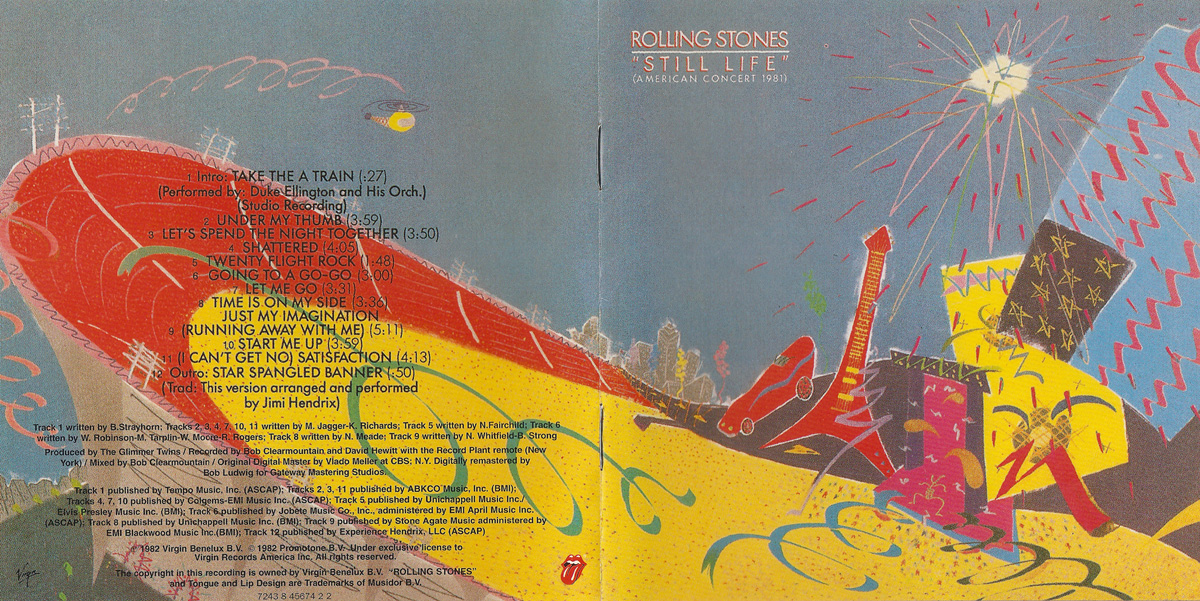A lot of the fun of traveling to a Rolling Stones show from out of town is running into fellow concertgoers who are also from out of town. My friend Craig and I both flew to Las Vegas from the East Coast on Friday night — me from New York City, and him from Washington, D.C. — for the show on Saturday, May 11, 2024, at Allegiant Stadium. We spent the day Saturday checking out the strip. We stayed at Mandalay Bay, and we walked from there to Luxor, Excalibiur, New York, New York, MGM Grand, Paris, and Caesars Palace. All along the way when we weren’t playing the slots we saw many, and I mean a great very many, people wearing Stones tee shirts. Most of the wearers were Baby Boomer age. But some had children or even grandchildren in tow. We usually nodded to one another or said hi and sometimes we chatted each other up about where we’re from. People were in Vegas from all over the country and even from overseas. In an elevator we ran into a couple from Australia who were going to Seattle next to catch the show there.
Craig and I went for an early dinner but found that most of the places already had long waits! (Note to anyone traveling from out of town for a show: If you plan to have dinner beforehand anywhere near the venue, be sure to go plenty early, because every restaurant in the vicinity is sure to be packed!) We kept looking and found a pizza place, where we were among many fellow diners also in town to see the Stones. Two in particular caught my eye. It was a man with a younger man who looked like his son. Both were wearing Stones tees and big smiles. They were absolutely glowing. They were talking to each other the whole time, not on their phones, and they were clearly enjoying each other’s company and experiencing this event together.
Getting to and from Allegiant Stadium for the concert was a breeze. We simply walked across the bridge, which the local cops had closed to vehicular traffic, from Mandalay Bay. There were lots of people coming in, but the lines moved quickly, and things went efficiently. I guess Vegas is accustomed to large events like this. This is the same stadium where the most recent Super Bowl was played! On the way over the bridge, the late afternoon desert sun was blazing. Several water stations were set up along the way. Once we were on site, the biggest crowds were the lines for merch. I would have bought a tee to add to my collection, but the lines were too long!
It was my 18th Stones show and Craig’s first. In the song vote, I chose All Down the Line and Craig wanted — and got —You Got Me Rocking. (The other two songs up for vote this night were Sad Sad Sad and Live With Me.) Craig also wanted — and got — Sympathy for the Devil and Honky Tonk Women, and he also wanted — but did not get — something from the Steel Wheels album. He predicted, correctly, that Start Me Up would be the first song.
Our seats were in the 300 level, Row A. I chose those seats because I wanted to be in the front row of a section. I could have easily stood and danced and moved and grooved through the entire show, but it’s scary up so high! Both Craig and I were a little bit afraid of the heights, and we chose to stay in our seats for most of the show, not only out of fear of falling but also because we did not want to block the view of anyone behind us who might also be sitting.
We chatted up the folks on each side of us, of course. The gentleman to my left said he had been to see many Stones concerts over the years starting in 1972. He said he still remembers when the song Satisfaction came out when he was 16! To Craig’s right was a couple from Vegas. Her name was Angie! It was her first Stones show, and she definitely wanted them to perform “my song” but sadly it was not in the cards this evening.
The Las Vegas show did offer a few surprises. Two songs, Let’s Spend the Night Together and Like a Rolling Stone, made their 2024 tour debuts. The next surprise was Keith doing TWO songs at this show after only performing one on the first three shows of this tour. He started with You Got the Silver followed by Little T&A, also known as She’s My Little Rock ’n’ Roll. Keith was in fine form. Craig remarked to me after the show that he looks so happy playing music.
They did Angry and Mess It Up from the new album, the latter of which sounded a bit messy but that’s totally OK with me. I wish they would add Bite My Head Off from the new album to the set. I was sure that would be the new You Got Me Rocking, and I am flabbergasted that they are not performing that yet! The only song that did not sound all that great, in my view, was Get Off My Cloud. But Miss You and Paint It Black were both flawless. And Jumping Jack Flash never sounded better.
Mick’s stage banter included asking where everybody was from, and he also said that he and Keith came to Vegas for the first time in 1964, not to perform but to gamble. He said they stayed at the Flamingo and that he lost lots of money but tonight he was going to try to win it back.
Mick played harmonica on Miss You and on Like a Rolling Stone and, and he played guitar on several other songs including You Can’t Always Get What You Want.
For me one of the highlights of the show was Gimme Shelter, with Chanel Haynes. Chanel was fantastic, offering not only astounding vocals but facial expressions and physical gestures that were so very powerful. She put her whole body, voice, and soul into the song. Chanel returned for Sweet Sounds of Heaven, the first of two encore songs. I think Jagger added a new lyric, something along the lines of “Let the old feel like they are young” and hearing this addition to the song moved me greatly. Yes, the Stones are older than the rocks in the Grand Canyon, but they are indeed young. In my view, this tour is a triumph, especially because they are promoting a new album, Hackney Diamonds, and a solid effort at that. Even more impressive, is that they recorded most of it this very year. I can’t wait for the follow up to Hackney Diamonds. Meanwhile, as long as the Stones are still touring, I will be there and wearing a lips and tongue tee to boot. I’m going to FOUR more shows this tour alone!
The Vegas setlist:
- Start Me Up
- Get Off My Cloud
- Let’s Spend the Night Together
- Angry
- Like A Rolling Stone
- You Got Me Rocking (vote song)
- Mess It Up
- Tumbling Dice
- You Can’t Always Get What You Want
- You Got the Silver (Keith on vocal)
- Little T&A (Keith on vocal)
- Sympathy for the Devil
- Honky Tonk Women
- Miss You
- Gimme Shelter
- Paint It, Black
- Jumping Jack Flash
- Sweet Sounds of Heaven (encore)
- Satisfaction (encore)
The opening band was The Pretty Reckless, featuring a female singer. I thought the band was fantastic, and she was charming. It must be difficult to open for the Stones, especially if you are a band that most audience members are not familiar with. I thought they did a nice, respectable set. I *always* attend the opening set. After all, if the Stones have invited a band to play on the bill with them, I am going to give that band some respect.
Before the show started, I told Craig that I was not going to take my phone out too much because there would be lots of pictures and videos posted to social media, as there always are, and sure enough, there were indeed. There was one post in particular that really made my day! Remember the father-son duo from the pizza place? They posted selfies from the show and, get this, it turns out they had Lucky Dip tickets and got Pit!
What a night, what a show.
See you at MetLife!









